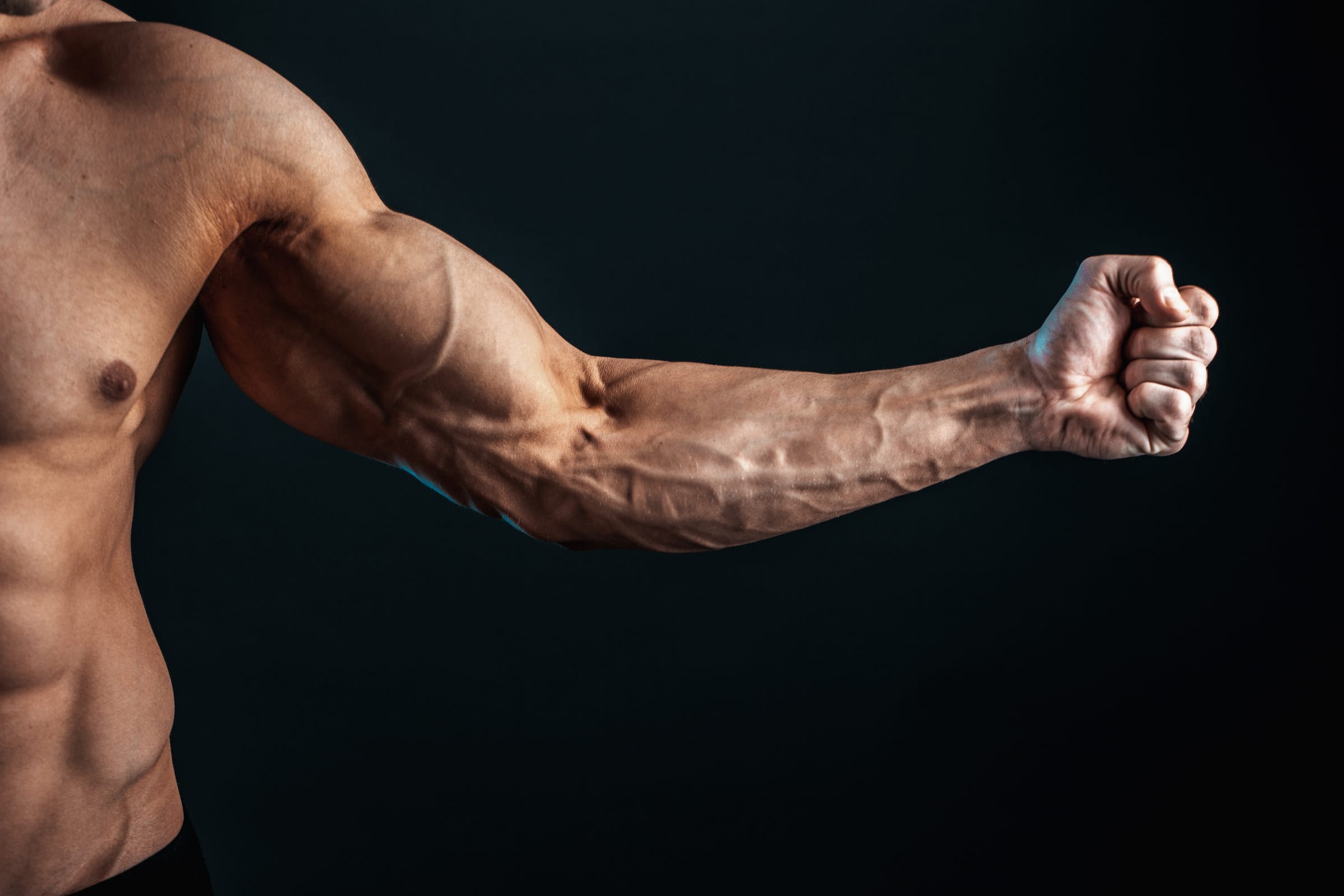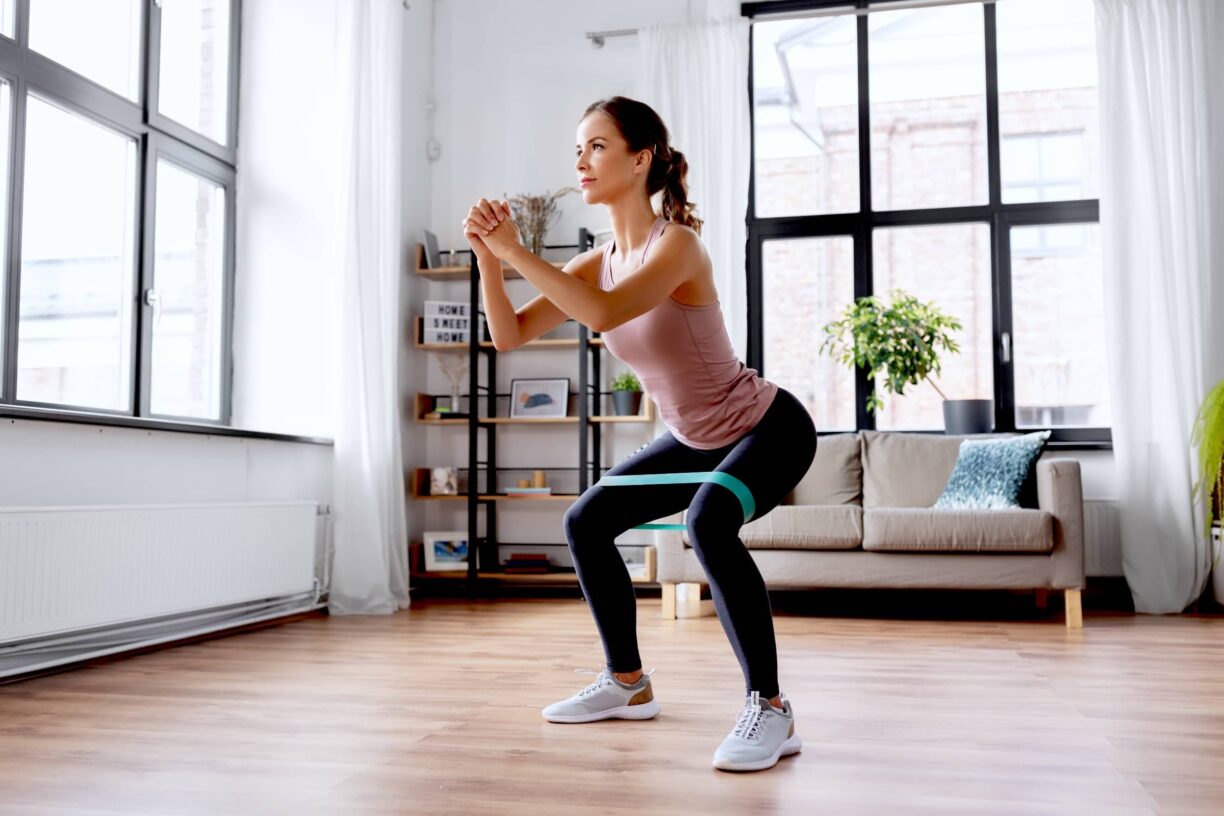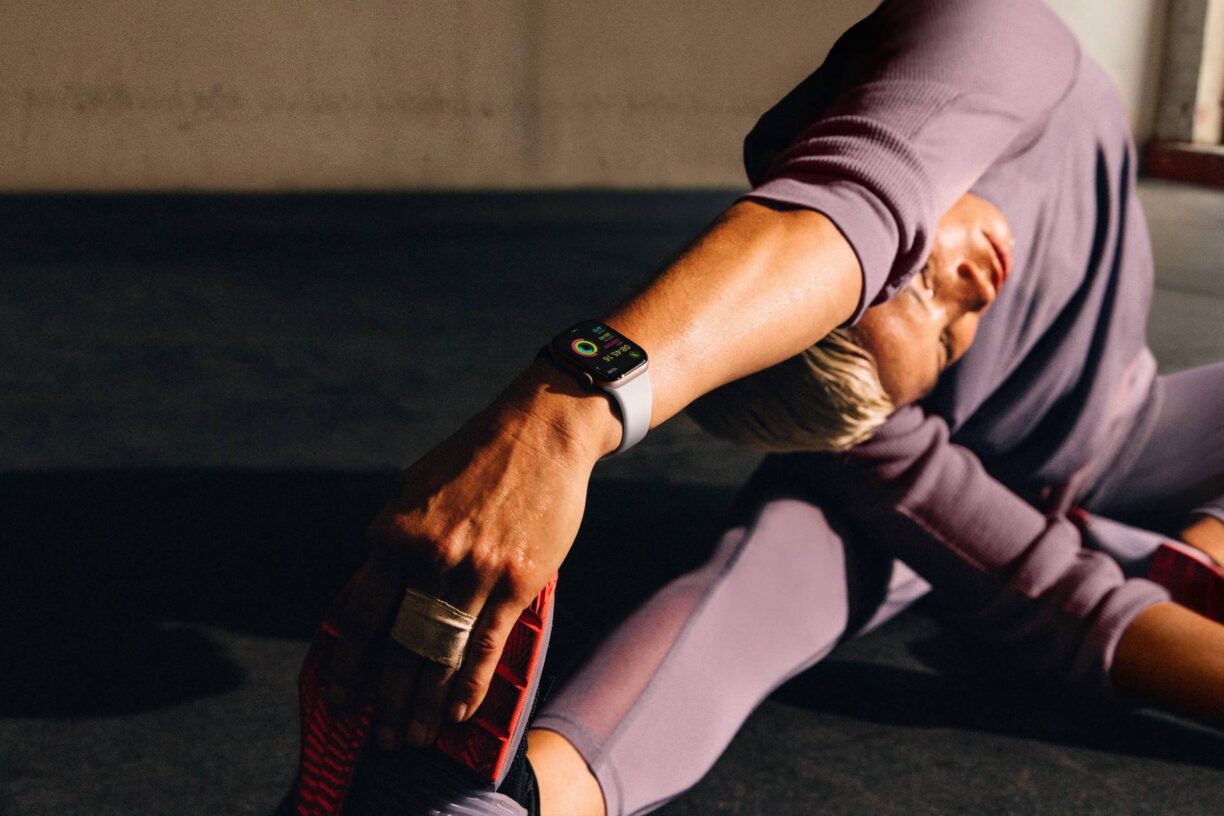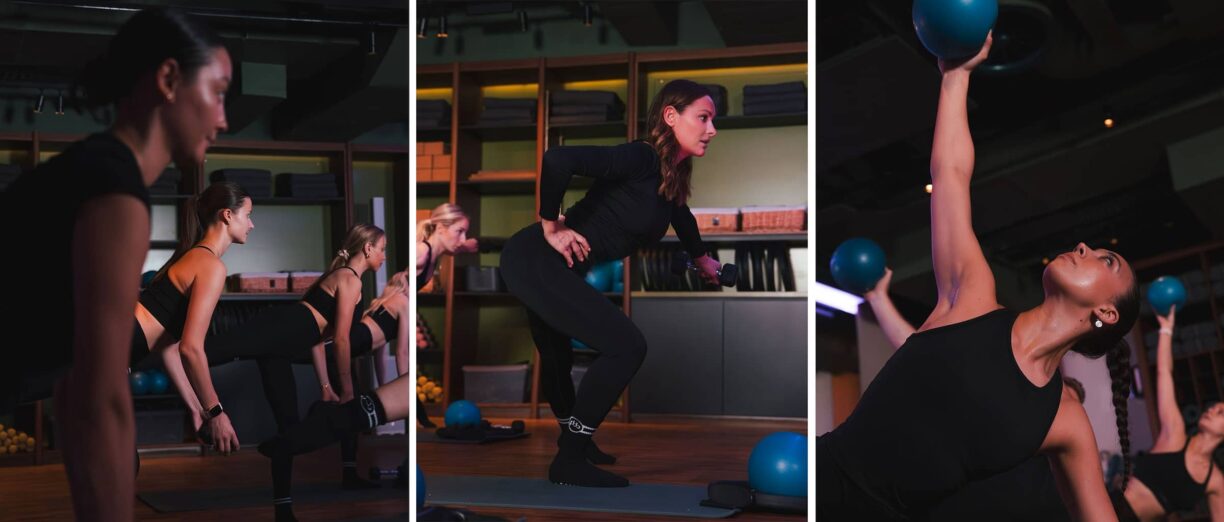Exercise can help, but it does not completely prevent as well as permanently remove varicose veins. It goes without saying that exercise is not a cure-all for any leg vein disease or condition.
While it can certainly alleviate discomfort and prevent your varicose vein from worsening, it is not a magic bullet that would make it all go away. Keep in mind that exercise is not a standalone remedy for your varicose vein.
Experts from different cities like Chicago, New York, Boston, and Phoenix vein clinic suggest that it should be accompanied by a proper diet, healthy lifestyle, and tested treatments to make it more effective.
So with that said, here are a few tips that would make your exercise routine effective in treating varicose veins.
Leg Elevation
One of the habits that you should learn is elevating your legs. Many experts say that being immobile for long periods can in fact worsen your varicose veins.
Also, since varicose veins are often accompanied by other symptoms such as leg pain and fatigue, leg elevation is known as the quickest and easiest remedy for these.
In fact, an article published by the Washington University Physicians states that some are able to manage the symptoms of varicose veins with just leg elevation, frequent movement, compression stockings, and programs for weight loss.
So if you are traveling long distances and would be immobile for a long time, then elevating your legs for at least 15 minutes can help relieve the pressure in your legs.
This would not only prevent leg pains but would also allow the blood in your legs to move freely, making you less prone to further develop varicose veins.
Stick to Light Exercise
It is no secret that exercise is not just great for your varicose veins, but for your overall health as well. But, to prevent varicose veins from worsening, many experts suggest that light or low-impact exercise is the best way to go.
While there is no conclusive study proving the effect of extreme workouts on varicose veins, it is still worth reconsidering because low-impact exercise would not put too much pressure on your veins. On top of that, it is also sustainable and easy to maintain in the long run.
As mentioned earlier, varicose veins do not permanently go away and they can even reoccur if you are not careful. So in order to prevent this, you should stick to low-impact exercises like cycling, walking, and swimming.
Keep in mind that what matters the most is consistency. Maintaining a healthy vein is not about how hard your workout is. It is all about keeping an active lifestyle in the long run.
Weight Control
Being overweight or obese is a big risk factor for varicose veins. People who suddenly experience weight gain are more prone to develop varicose veins.
So on top of low-impact exercise, you should subscribe to other dietary programs for weight control as well. This would help you stay active, making your veins a lot healthier.
Remember that in order to sustain a healthy lifestyle for your varicose veins, you need to have a healthy diet and consistent exercise. That said, a low-impact exercise should go hand-in-hand with your dietary restrictions for weight control.
Generally, there are no specific rules when it comes to maintaining a healthy vein. You simply need to avoid too much sodium and learn to eat the right amount of healthy foods.
Ingesting too much sodium can cause your body to retain more water, putting more pressure on your legs and making you more prone to varicose veins.
So in conclusion, all in all, exercise is just one of the many things that can help improve your varicose veins. At the end of the day, there are many risk factors associated with varicose veins and you cannot simply avoid it altogether.
But, if you stay healthy and avoid putting too much pressure on your legs, then you can equalize the risk factors and lessen your chances of developing them.





